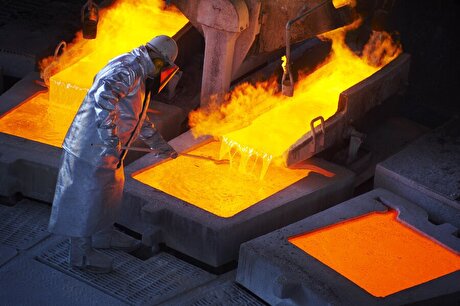
The possible Chinese coal link in Tesla’s Bitcoin binge
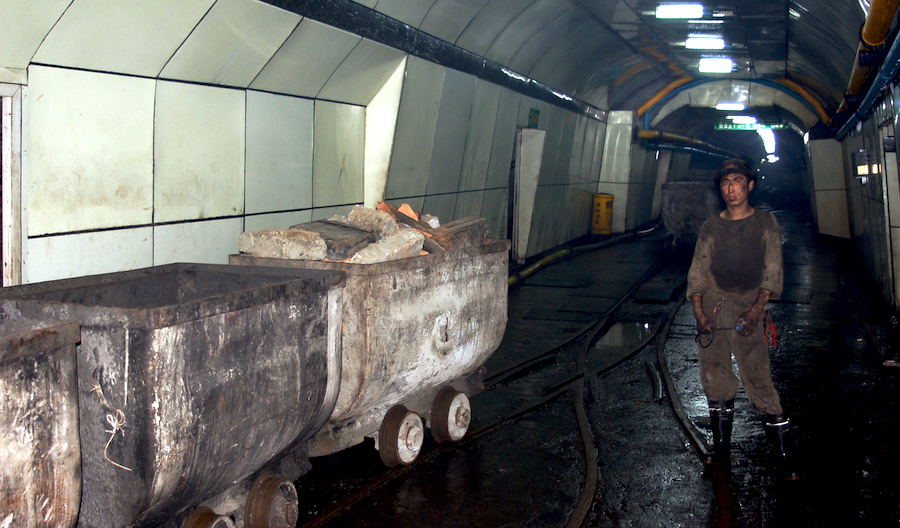
The region that’s become notorious in recent years for complaints about abuse of Uyghur Muslim minorities is also a hub for the production of Bitcoin. Nearly two-thirds of global output took place in China as of April 2020, according to University of Cambridge researchers, and about one-third of that occurred in Xinjiang.
The main draw is the cheap power needed to run the computers that perform the complicated equations for so-called “Proof of Work” that confirm transactions without a third party, which forms the biggest part of a miner’s outlay.
However, unlike the almost carbon-free mining in places like the Nordic region, most of the electricity in Xinjiang is still produced using polluting coal plants.
“Cheap and reliable electricity is really essential,” said Amanda Ahl, a BloombergNEF analyst. “It affects how much profit miners can make.”
Electricity-intensive industries like aluminum smelting and polysilicon production have long been drawn to Xinjiang because power rates there are extremely low — as little as 0.22 yuan ($0.03) per kilowatt-hour, compared with 0.6 to 0.7 yuan in central China, according to BloombergNEF.
The main reason for that is coal. While Xinjiang has a fast-developing renewable sector, with wind turbines dotting the hills around Urumqi, it still accounted for less than a quarter of electricity generated last year.
Coal makes up the bulk of the remainder. The province is blessed with vast reserves of the fuel, but no economical ways of moving most of it to population centers in central and eastern parts of the country.
On a grand scale Bitcoin mining consumes relatively little power. It probably represented about 0.2% of China’s total electricity demand in 2017, according to a 2018 BloombergNEF study.


Trump weighs using $2 billion in CHIPS Act funding for critical minerals

Codelco cuts 2025 copper forecast after El Teniente mine collapse

Electra converts debt, launches $30M raise to jumpstart stalled cobalt refinery

Barrick’s Reko Diq in line for $410M ADB backing

Abcourt readies Sleeping Giant mill to pour first gold since 2014

Nevada army depot to serve as base for first US strategic minerals stockpile

SQM boosts lithium supply plans as prices flick higher

Viridis unveils 200Mt initial reserve for Brazil rare earth project
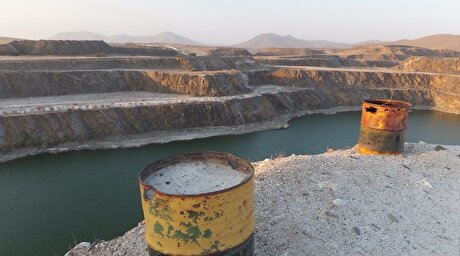
Tailings could meet much of US critical mineral demand – study
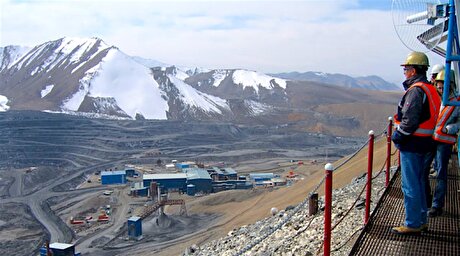
Kyrgyzstan kicks off underground gold mining at Kumtor
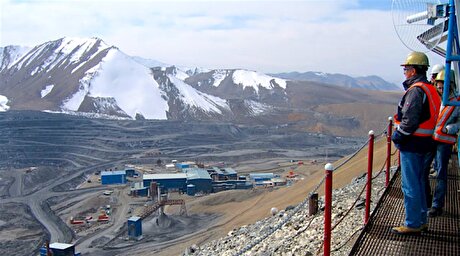
Kyrgyzstan kicks off underground gold mining at Kumtor

KoBold Metals granted lithium exploration rights in Congo
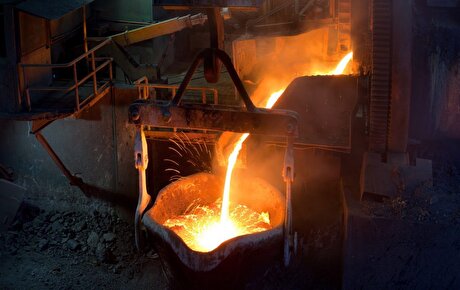
Freeport Indonesia to wrap up Gresik plant repairs by early September

Energy Fuels soars on Vulcan Elements partnership
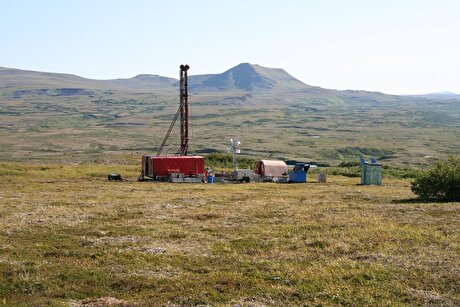
Northern Dynasty sticks to proposal in battle to lift Pebble mine veto

Giustra-backed mining firm teams up with informal miners in Colombia

Critical Metals signs agreement to supply rare earth to US government-funded facility

China extends rare earth controls to imported material

Galan Lithium proceeds with $13M financing for Argentina project

Kyrgyzstan kicks off underground gold mining at Kumtor

Freeport Indonesia to wrap up Gresik plant repairs by early September

Energy Fuels soars on Vulcan Elements partnership

Northern Dynasty sticks to proposal in battle to lift Pebble mine veto

Giustra-backed mining firm teams up with informal miners in Colombia

Critical Metals signs agreement to supply rare earth to US government-funded facility

China extends rare earth controls to imported material

Galan Lithium proceeds with $13M financing for Argentina project

Silver price touches $39 as market weighs rate cut outlook

